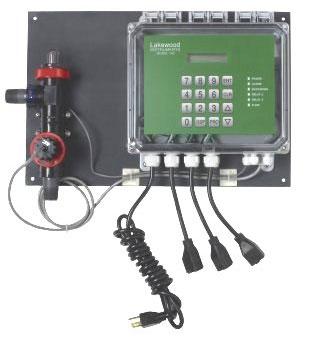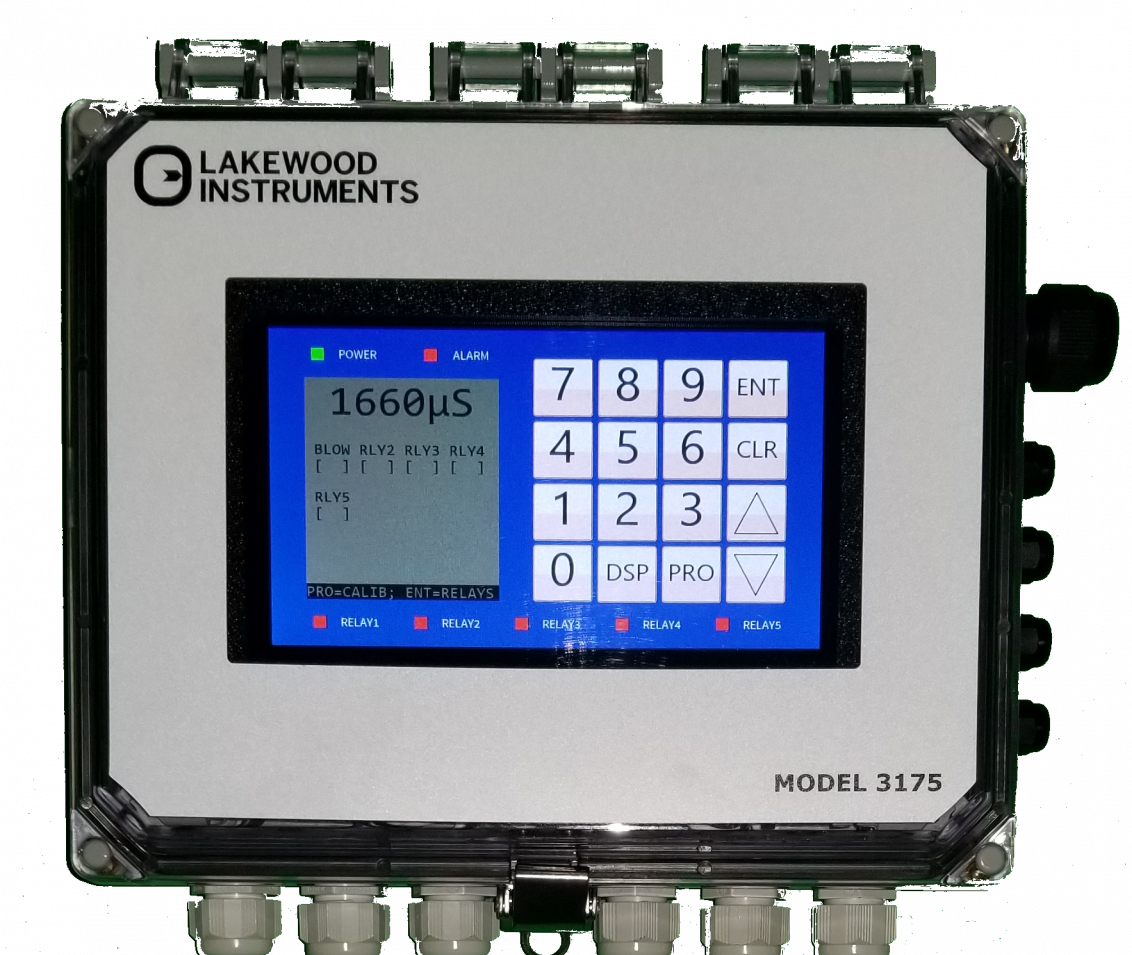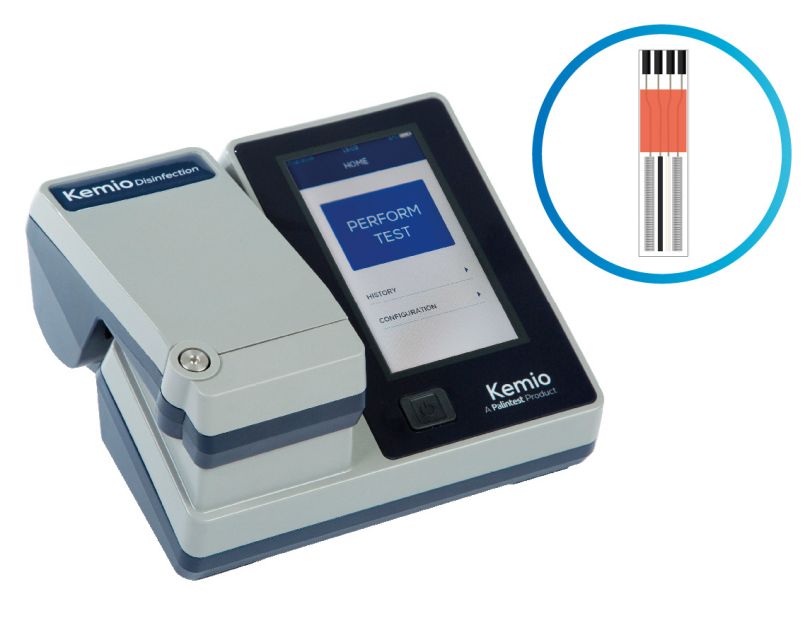
It really should be one of the happiest, most carefree destinations on the planet; however perennial family favourite, Disneyland, found itself at the epicentre of an outbreak of Legionnaire’s disease just before Christmas, as you might have read elsewhere. As well as being an obvious PR disaster for the globally-renown resort behemoth, any possible risk presented by the presence of the potentially deadly respiratory infection could spell more far-reaching bad news for those directly affected by an episode. Behind the fun façade of fairy-tale castles and life-size Mickey Mouses, Disneyland (like so many public attractions) houses a variety of cooling towers behind the scenes, and it’s these operational assemblages which have become the focus of subsequent investigations being carried out by health and safety experts keen to determine just what was responsible for this damaging event.
As a result, Disneyland promptly shut down two cooling towers in the aftermath of a total of 9 visitors to the Californian theme park succumbing to the symptoms of Legionnaire’s; according to the Chief Medical Officer representing Walt Disney Parks and Resorts. They also went on to confirm that the two cooling towers which had been shut down were treated with chemicals immediately after as part of the protocol and procedure. But with the source of the outbreak at Disneyland since being pinpointed as to having started within a cooling tower (which consequently spread the bacteria through mist), one of the questions we’re here to answer is, ‘Just what is a cooling tower?’ and ‘How can it spread Legionnaire’s?’
In essence the cooling towers installed at Disneyland are no different than those commonly found away from public gaze in a number of amenities and service-providing properties, including hotels, hospitals, schools, factories, offices…the list goes on. In specific terms of the American resort’s cooling tower applications, we have learned that these provided cold water for many ends, such as refrigeration purposes, yet critically not for drinking water. However like most of these devices, they would have almost certainly given off a vapour or mist that could, potentially have transported the Legionella bacteria on site. History dictates that cooling towers are habitually referred to (and recognised) as being pivotal breeding grounds for the bacteria. With regards to the very structure of a cooling tower, put simply it’s a piece of equipment which definitively removes hot water out of a system (similar to the premise of a conventional air-conditioning unit, for example), with the fundamental aim of cooling it; culminating the cycle by recycling/circulating the cooled-off water back into said system.
To break the logistics down still further, cooling towers basically work on the following principles;
- Warm water from a heat source (think air conditioning systems for instance) is piped onto the top of a cooling tower
- The water comes down in sprayed form and evaporates
- Large fans increase evaporation, and helps in cooling the water
- This creating a mist which is further emitted into the atmosphere from the top of the cooling tower
Just How Does a Cooling Tower Seemingly Distribute Legionnaire’s
Seizing on the key point raised above, a cooling tower systematically spreads Legionnaire’s (theoretically and of course, in practice as the Disneyland outbreak has demonstrated) courtesy of the end product; namely water vapour. One of the primary acknowledged sources of legionella infection includes significant water-based distribution outlets, the type which is discovered in numerous large buildings such as hotels and hospitals as noted earlier; while other means of infection can include the likes of humidifiers, whirlpool spas, hot springs and mist machines. It’s worth noting that air conditioners systems are not a source of Legionnaires. Temperature plays an integral part in the migration of bacteria, with cooling towers and water heaters providing ideal conditions for bacterial manifestation and growth. Temperature-wise we’re talking around 68 – 122 degree Fahrenheit being the optimum for water in a system most at risk, as towers geared up to function in such ways automatically moves the air through its re-circulated water systems; thereafter releasing a considerable amount of water vapour into the atmosphere. And it’s when these vapours (which contain Legionella bacteria) are unwittingly inhaled by individuals which come into contact with it, when Legionnaire’s can take effect.
Research carried out in recent years suggests that legionella is not only present but prevalent in some 60 – 80% of cooling towers, while elsewhere naturally-occurring conduits include lakes, streams and ponds. Although the volumes are so low in these cases, the likelihood of being infected from such sources is extremely low. More worryingly perhaps is the fact – reported by Wikipedia – recorded by a French research team, who discovered that legionella bacteria has been known (albeit once, to the best of their knowledge) to travel distances of up to 6 kilometres through the air. At least in the particular case of one large cooling tower at a petrochemical plant in Pas de Calais in France, which culminated in contamination so widespread that an unprecedented 86 people succumbed to its trail of unseen airborne destruction, while a tragic 21 paid the ultimate price of infection with their lives. On a less catastrophic note, it’s worth remembering that despite mist from cooling towers can be responsible for people getting sick, according to the Occupational Safety and Health Administration, inhaling this water-derived mist is the ONLY means by which legionella bacteria can take hold at human level; and any suggestions that Legionnaire’s in passed on from person-to-person is purely the stuff of fiction. Essentially the disease is NOT contagious as such.
Maintenance is Key
It’s not all doom and gloom, neither, as by adhering to strict guidelines and implementing sound protocol (not to mention following good engineering and water treatment practices), the chances of legionella getting a foothold in a water cooling tower is significantly minimised. Indeed, if operators prioritise careful installation, on-going facilitation and continued maintenance of both the air and water handling systems under their watch, then the odds of preventing legionella taking root is greatly improved from the get-go. Outlining the core maintenance measures which should be routinely adopted, the following all imperative;
- All cooling towers should be treated with dual biocide program that uses both oxidizing and non-oxidizing biocide
- Cooling towers (and evaporative condensers) should be treated, thoroughly cleaned and inspected at least twice a year to effectively guard against any potential outbreaks
- Algae and accumulated scale should be removed from cooling tower parts. All metal surfaces should be treated with a biocide and corroded parts should always be replaced
- Units should be inspected monthly for any bacterial growth; the same rule of thumb applies to drift eliminators too
- All the cooling tower cleaning and maintenance should be done under careful supervision





